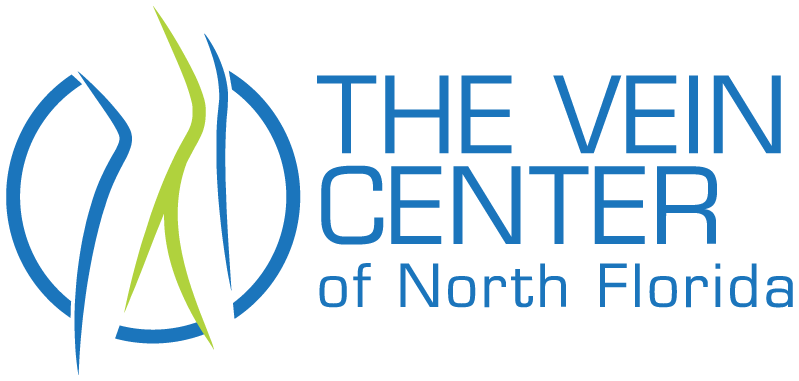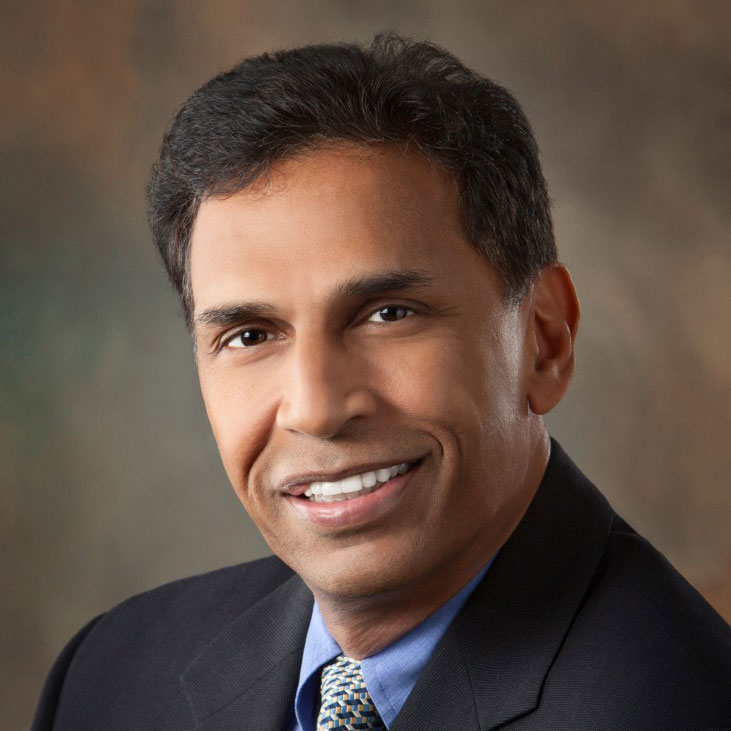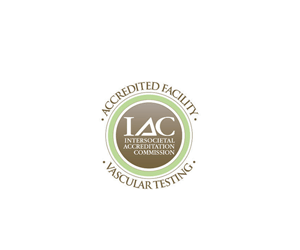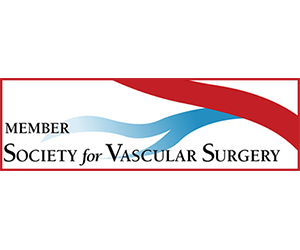
At The Vein Center of North Florida, we don’t schedule procedures, we schedule patients. While we are the leading general and vascular surgery specialists in Ocala, our skill is best reflected in the relationships we establish with our patients and their referring physicians.
It’s all about communication. The first step to effective communication is listening. We are eager to answer your questions and alleviate your concerns.
If your question isn’t answered in those most frequently asked listed below, submit it to us, or feel free to call for a consultation appointment. We are listening to you, just ask!

Yes. We are continuing to make our practice as safe as possible for our patients during the Coronavirus pandemic. Our office is thoroughly wiped down and cleaned periodically throughout the day to minimize virus transmission.
Upon arrival, patients are pre-screened at the door with a few general questions and a temperature check before each appointment. Patients are asked to wear masks within the building and to use hand sanitizer.
Yes. A simple, secure video chat allows our practice to offer communications with our patients during this COVID-19 crisis. If you are interested in a virtual visit, please call us at 352-237-1820. We are here for your support during this difficult time.
When we need to see exactly what is going on within your veins, we take what is called a venogram. This minor procedure involves injecting a harmless dye into your veins and taking an x-ray. This allows us to see your veins more clearly and identify any blockages or damage. If we find a blocked or damaged vein, we will likely discuss angioplasty and stenting.
Angioplasty is basically a surgical correction or unblocking of an artery or vein. We can repair the vein using what is called a stent, which is basically a tube we insert to restore normal blood flow to the area. Angioplasty and stenting are often performed when the traditional treatment of compression results in leg swelling or after ablation therapy.
It is a procedure where your surgeon inserts a slender, metal-mesh tube, called a stent, which expands inside your carotid artery to increase blood flow in areas blocked my plaque. Although carotid stenting opens your artery and keeps blood flowing, it does not stop plaque from building up. To prevent hardening of the arteries you should consider the following changes: Eat more foods low in saturated fat, cholesterol, and calories. Exercise regularly. Maintain your ideal body weight. Follow your physicians recommendations for medications to control cholesterol and to thin the blood.
The abdominal aorta is the portion of the aorta that carries blood flow to the abdomen, pelvis, and legs. Sometimes the walls of this part of the aorta weaken and bulge in one area. If the Abdominal Aortic Aneurysm becomes large or ruptures, surgery is necessary. The tests needed to determine an AAA is a CT Scan of the abdomen, MRI, or abdominal ultrasound, EKG, or Chest X-Ray. Learn more here.
Under an X-ray guidance a catheter with a small balloon at one end is advanced through your artery to the area that is blocked. When the balloon reaches the blockage it is inflated. This compresses the plaque against the arterial wall and widens the passageway for blood flow.
Symptoms of venous insufficiency range from feelings of heaviness, swelling, cramping and/or pain in one or both legs. Some of our patients experience itchiness and darkening of the skin. Venous insufficiency can lead to leg or ankle ulcerations, which can be difficult to heal and if not treated can lead to serious complications.
Enlarged, twisted, bulging veins close to the surface of the skin are called varicose veins and are a milder form of venous disease. Patients with varicose veins report feeling burning, aching, itching, heaviness and pain to the affected leg(s).
At The Vein Center of North Florida, we provide our patients with radio-frequency or Venaseal ablations, phlebectomies and/or sclerotherapy for venous insufficiency treatment.
If you or someone you know are experiencing symptoms of venous insufficiency, please call our office and speak with one of our highly qualified vein consultants to schedule your vein consultation today!


